Explanation
Jeamsan Mountain is beautiful throughout the year with royal azaleas in spring, cool water in summer, silver grass in fall, and a snow-covered mountain in winter. The mountain attracts over 100,000 visitors during vacation periods with Yongchugyegok Valley nearby. Just over the mountain is the ocean with Yulpo Beach where visitors can enjoy after relaxing at Jeamsan Recreational Forest.
Inquiry
+82-61-852-4434
Homepage
Information Use
Capacities : Up to 3,000 guests / day
Contact and Information : • 1330 Korea Travel Hotline: +82-2-1330
(Korean, English, Japanese, Chinese)
• For more info: +82-61-852-4434
Opening day : February 21, 1996
Parking facilities : Available (up to 250 cars)
Hours : [Accommodations] Check in 14:00 / Check out 11:00
[Forest educational hall] 10:00-18:00
More information
Hiking Course
Jeamsan Mountain trail (10.5 km, approx. 2 hr)
Jeamsan Mountain / Illimsan Mountain trail (approx. 5 hr)
Facility Utilization Fees
[Jeamsan Recreational Hall]
Peak season / Weekends & public holidays 70,000-300,000 won
Off season / Weekdays 50,000-200,000 won
[Forest Recreational Hall]
Peak season / Weekends & public holidays 60,000-100,000 won
Off season / Weekdays 40,000~80,000 won
[Forest Education Hall]
Peak season / Weekends & public holidays 250,000-500,000 won
Off season / Weekdays 200,000-400,000 won
[Forest House]
Peak season / Weekends & public holidays 100,000-200,000 won
Off season / Weekdays 80,000-180,000 won
[Mongolian tent]
Peak season / Weekends & public holidays 20,000 won
Off season / Weekdays 15,000 won
[Outdoor campground (deck)]
10,000 won
[High-tech]
Peak season / Weekends & public holidays 25,000 won
Off season / Weekdays 20,000 won
[Footvolley deck]
Peak season / Weekends & public holidays 30,000 won
Off season / Weekdays 20,000 won
[Grass square] 100,000 won
[Eco Adventure (including zipline)]
Peak season / Weekends & public holidays 7,000-15,000 won
Off season / Weekdays 5,000-13,000 won
[Zipline]
Peak season / Weekends & public holidays 25,000 won
Off season / Weekdays 20,000 won
* Peak season: May 1 - August 31
* Weekends: Friday-Saturday
* Mongolian tent, campground, High tech, footvolley deck: Must pay for a full day price if check-out time is exceeded by one hour
* Additional 10,000 won for extra bedding
Restrooms
Available
Parking Fees
Small vehicles (less than 35 seats) - 3,000 won (one day)
Large vehicles (35 or more seats) - 5,000 won (one day)
Light-weight vehicles (less than 1,000 CC) – 1,500 won (one day)
Admission Fees
Individuals: Adults 1,000 won / Teenagers 600 won / Children 400 won
Groups: Adults 800 won / Teenagers 500 won / Children 300 won
* Adults (ages 19-64) / Teenagers (ages 13-18) / Children (ages 7-12)
* Groups: 30 people and more
* Free admission: Preschoolers (ages 6 and younger) & senior citizens (ages 65 and older), guests using accommodation facilities
Location
330, Daesan-gil, Boseong-gun, Jeollanam-do

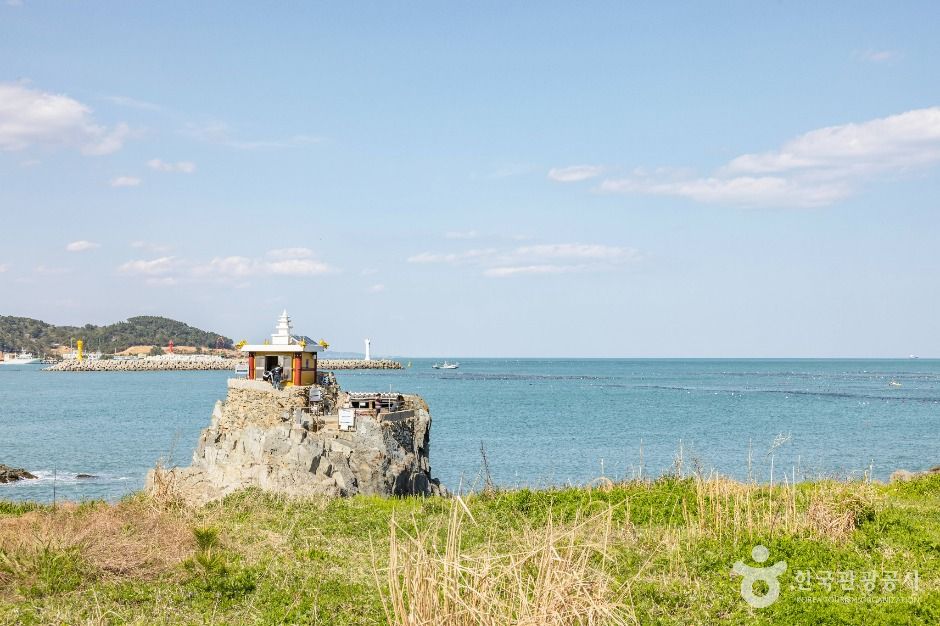
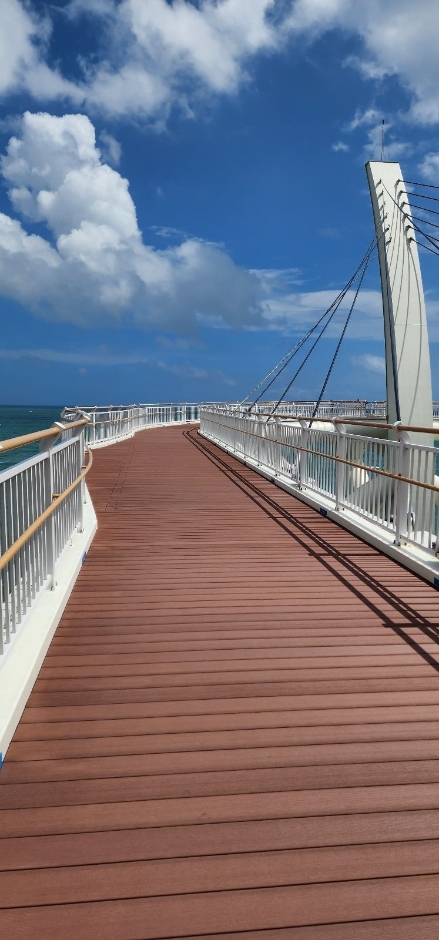
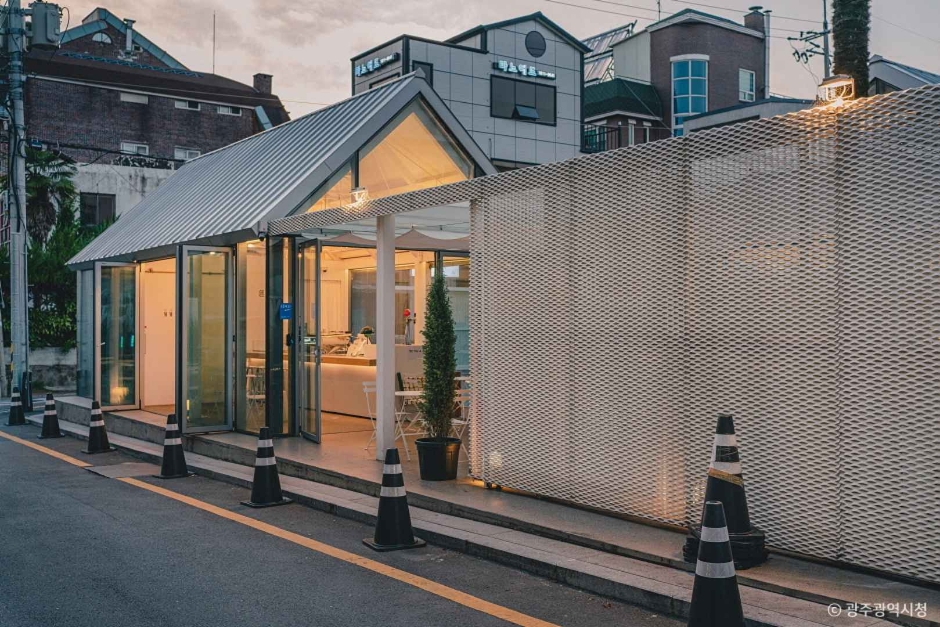
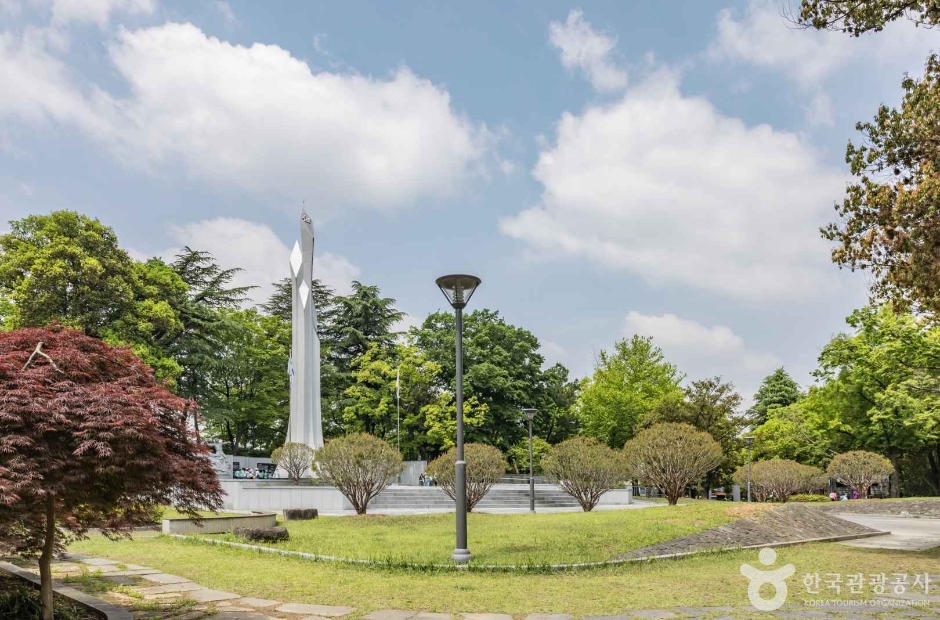
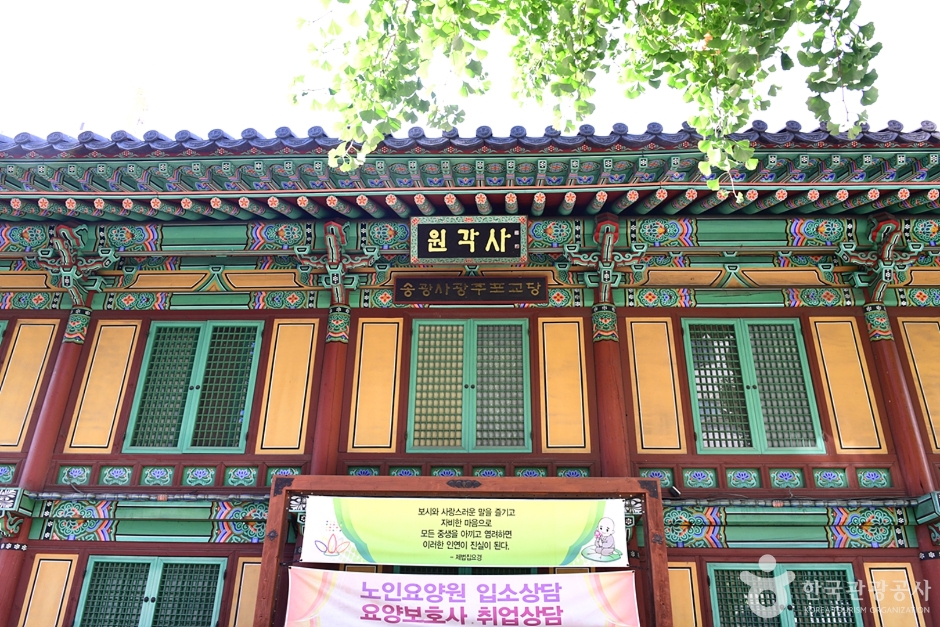
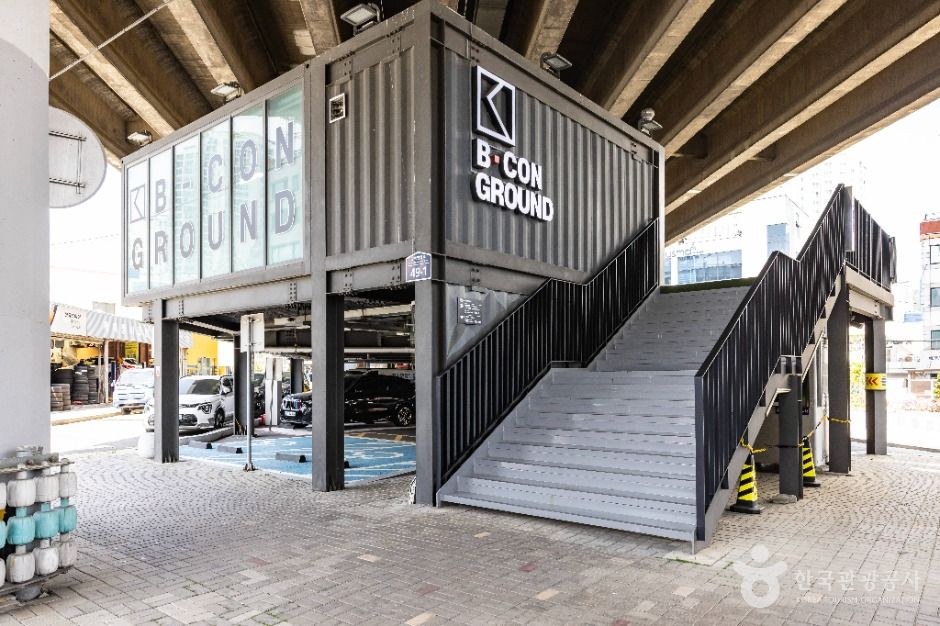

 English
English
 한국어
한국어 日本語
日本語 中文(简体)
中文(简体) Deutsch
Deutsch Français
Français Español
Español Русский
Русский